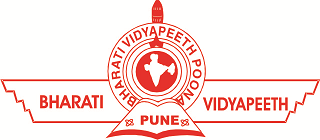About Lab
Digital Electronics Lab
The Digital Electronics Lab is designed to help students understand the fundamentals of digital circuits, including logic gates, combinational and sequential circuits, and programmable logic devices. This lab provides hands-on experience in designing, testing, and troubleshooting digital systems using hardware components and simulation tools.
 Objectives of the Lab
Objectives of the Lab
- To understand the working of basic logic gates and their applications.
- To design and implement combinational and sequential circuits.
- To develop skills in digital circuit design, testing, and debugging.
- To use hardware components like ICs (Integrated Circuits), logic probes, and breadboards for circuit implementation.
- To simulate and verify digital circuits using MATLAB, Multisim, Logisim, Proteus, or Verilog/VHDL in FPGA environments.
- To explore memory units, shift registers, and counters used in digital systems.
Key Components of the Lab
- Hardware Components
-
- Logic Gates (AND, OR, NOT, NAND, NOR, XOR, XNOR)
- Multiplexers (MUX) & Demultiplexers (DEMUX)
- Encoders & Decoders
- Flip-Flops (SR, JK, D, T) and Latches
- Shift Registers (SISO, SIPO, PISO, PIPO)
- Counters (Asynchronous, Synchronous, Ring, Johnson Counters)
- Arithmetic Circuits (Half Adder, Full Adder, Subtractor, ALU Design)
- Memory Units (RAM, ROM, PROM, EPROM, EEPROM)
- Microcontrollers (Arduino, Raspberry Pi) for digital system applications
- FPGA (Field-Programmable Gate Array) for hardware-level digital design
- Software Tools
-
- Multisim / Proteus / Logisim – Digital circuit simulation.
- MATLAB Simulink – Digital system design and verification.
- Verilog/VHDL in Xilinx or Quartus – FPGA-based circuit design.
- Arduino IDE & Raspberry Pi Python – Implementation of digital circuits with microcontrollers.
People
- Faculty Coordinator: Dr. Saket Gupta
- Lab Technician: Mr. Ashish Kumar

